What Size Are Bookmarks
Bookmarks are indispensable gadgets in reading. They not only help us mark page numbers, but also add some personality and beauty. However, is there some kind of standard when it comes to bookmark sizes? This article will explore the dimensions of standard bookmarks and their role in the reading experience.
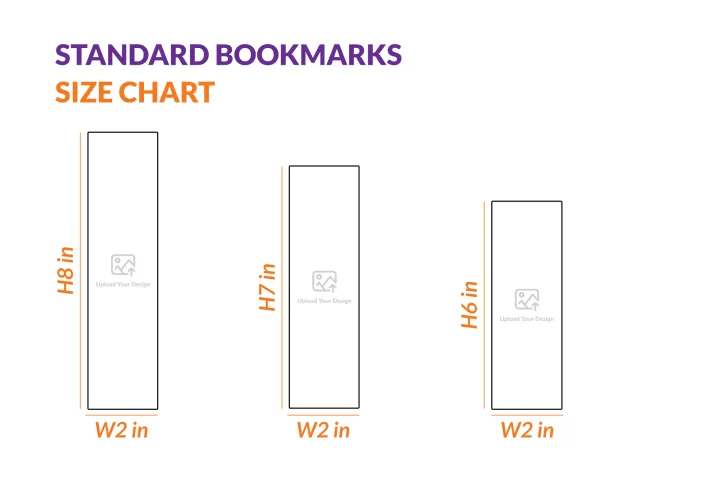
1. Standard Bookmark Size
In general, standard bookmarks usually measure 2 inches (width) by 6 inches (height). This size option is both large enough to accommodate some small artwork or designs, yet small enough to be easily inserted into the pages of a variety of books.
2. Influence of Materials
Although standard bookmarks are relatively consistent in size, in reality, bookmarks can be made from a variety of different materials, such as paper, plastic, leather, and more. These different materials may also affect the bookmark’s size and weight to some extent.
3. Custom-sized Bookmarks
In addition to standard sizes, people can also choose custom-sized bookmarks to suit different needs. Some people may prefer a smaller bookmark for easy portability, while others may prefer a larger bookmark to showcase more design and artistic elements.
4. Digital Bookmarks
With the advancement of technology, digital bookmarks have also become a trend. These bookmarks may be markers within the application rather than traditional physical items. Digital bookmark dimensions may vary by application and device.
5. Bookmark Versatility
Although the primary function of bookmarks is to mark pages, they have evolved into a versatile little fixture. In addition to marking page numbers, bookmarks can also serve as gifts, promotional tools, or cultural souvenirs.
Overall, while the standard bookmark size is 2 inches by 6 inches, this is not a hard and fast rule. People can choose bookmarks of different materials and sizes according to personal preferences and needs to personalize and enrich their reading experience.
Whether you prefer traditional paper bookmarks or prefer a digital version, bookmarks are a small but important tool that make reading more fun and convenient.
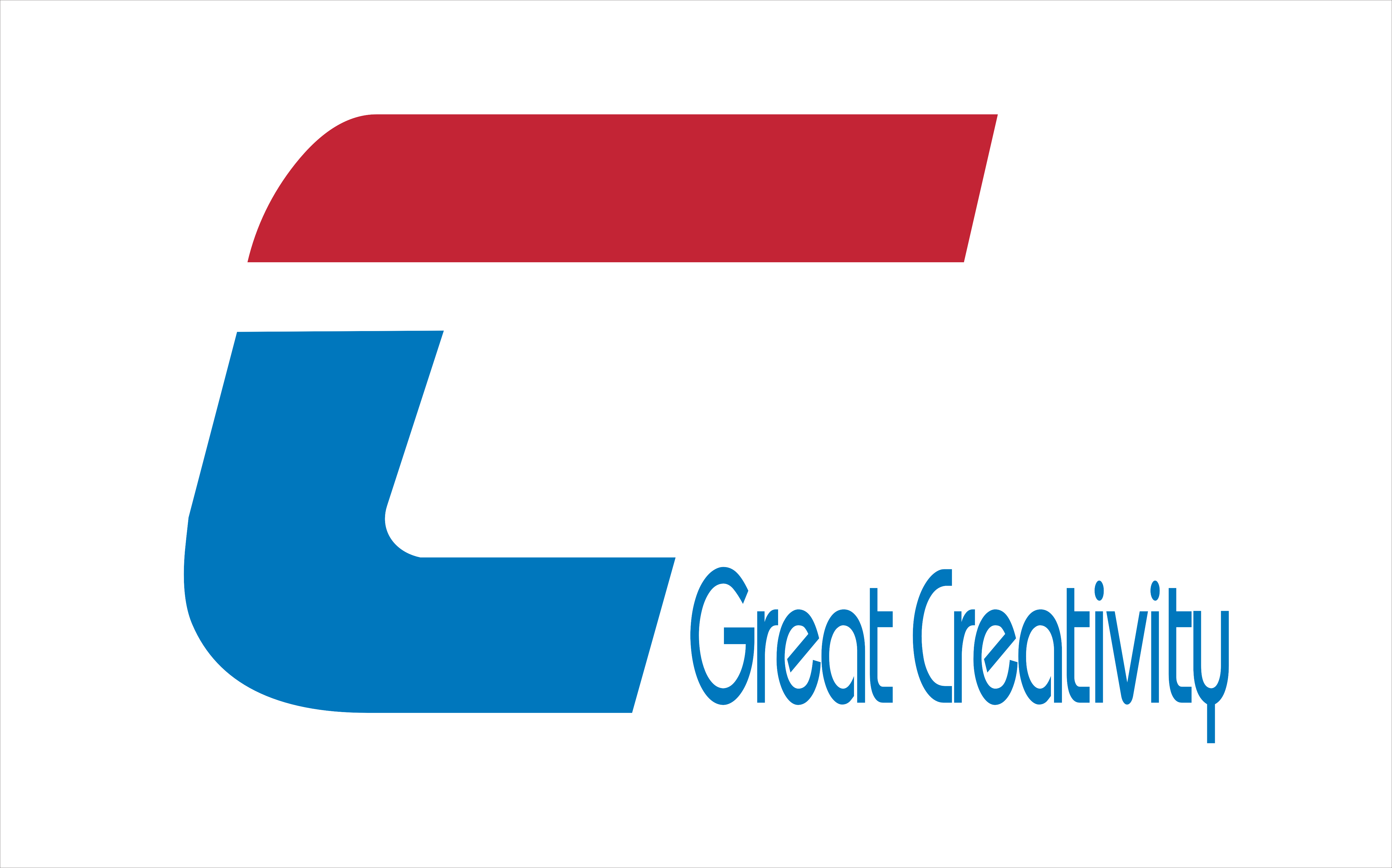
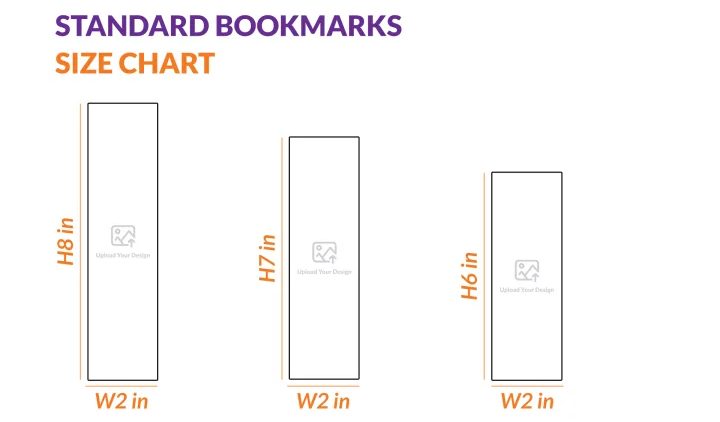
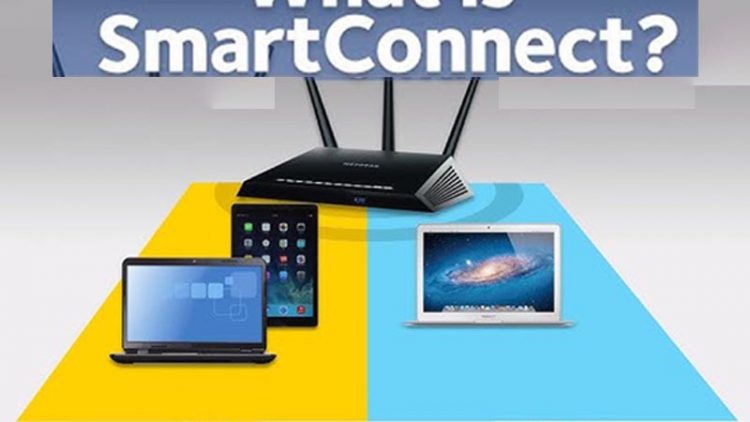
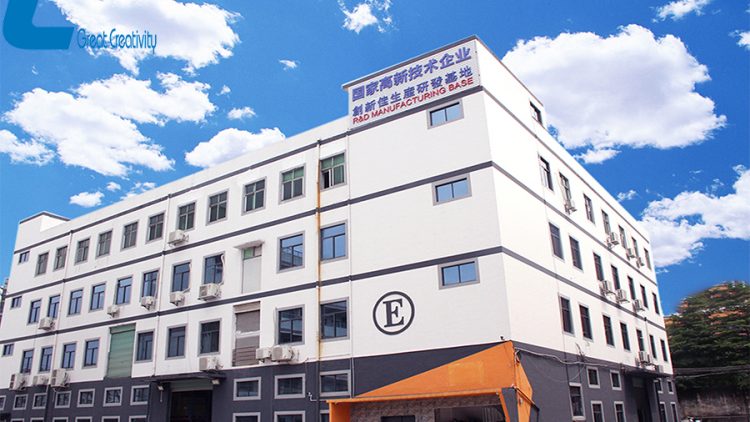
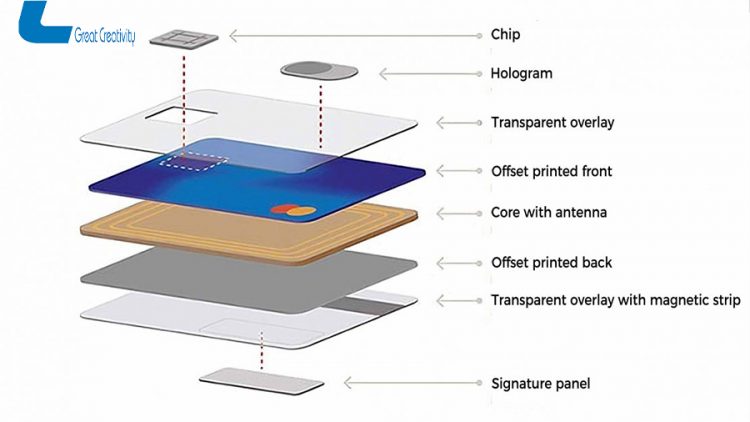
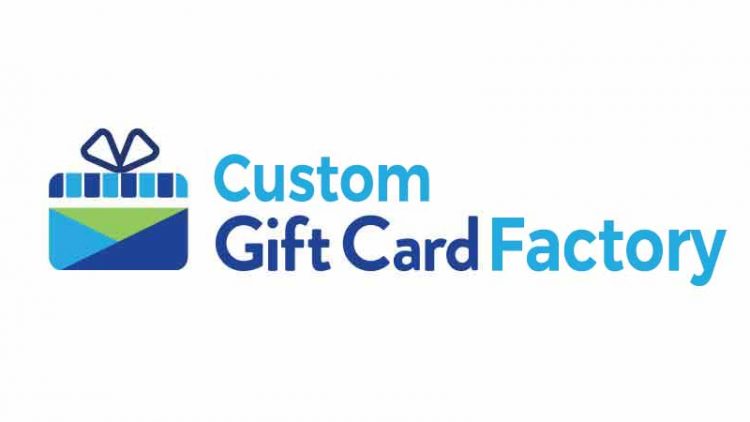
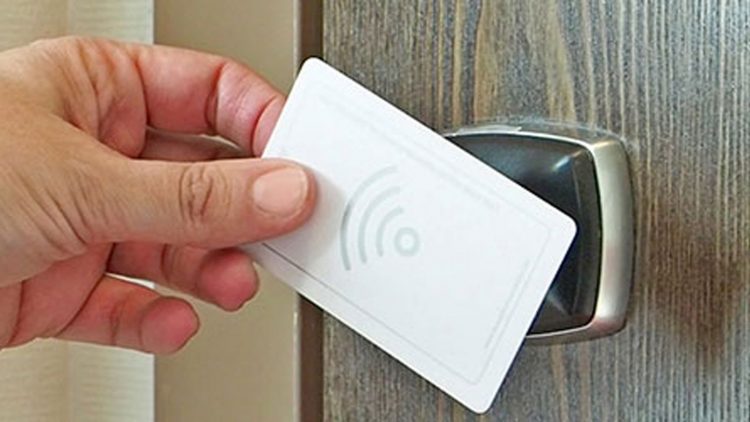
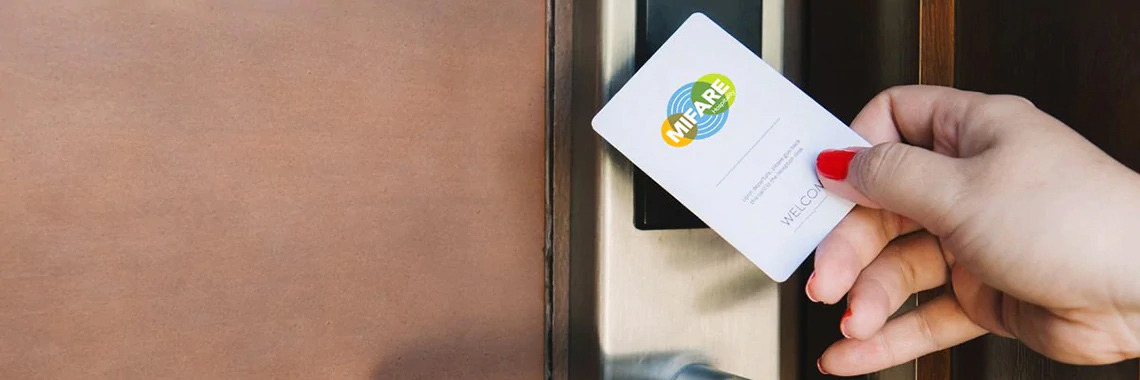
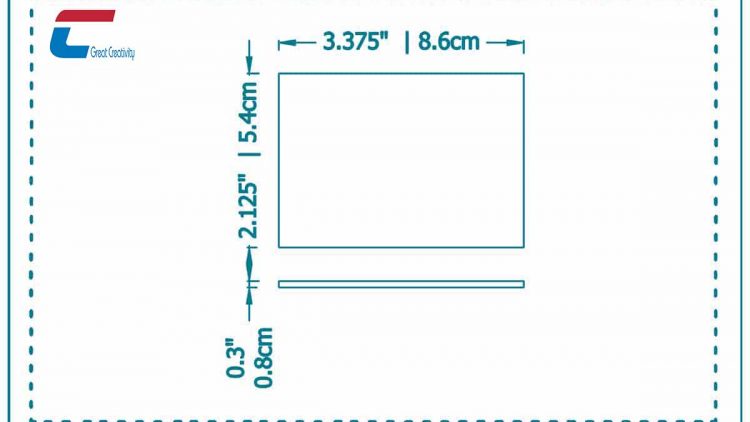

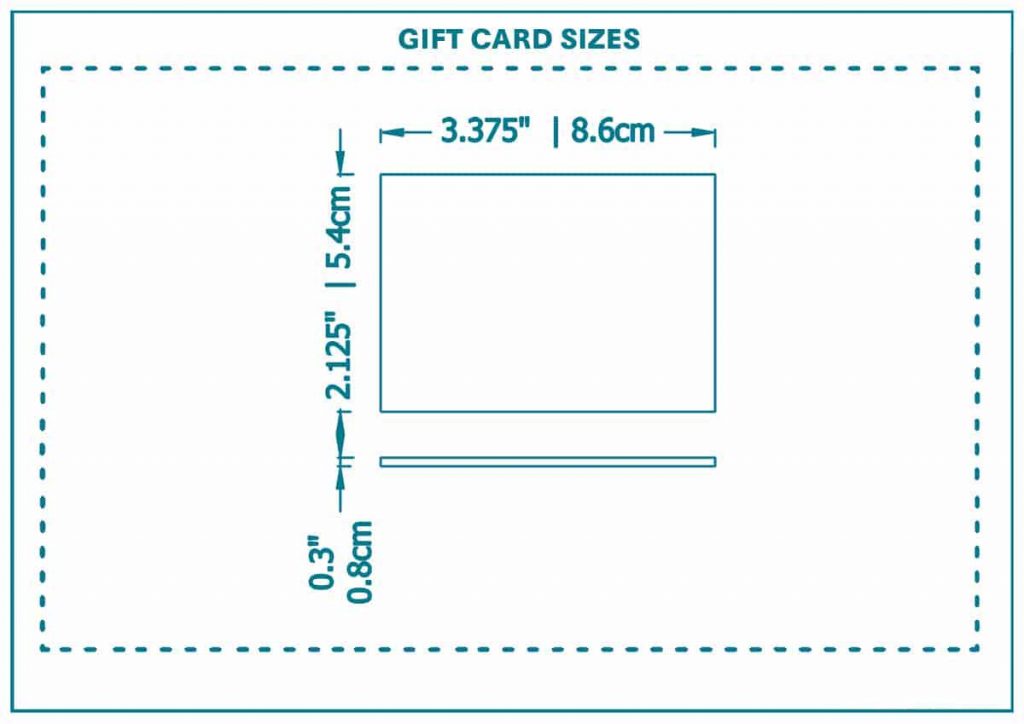
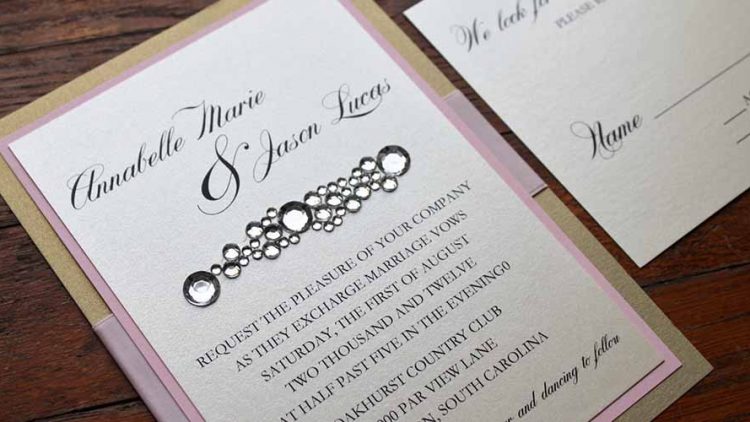
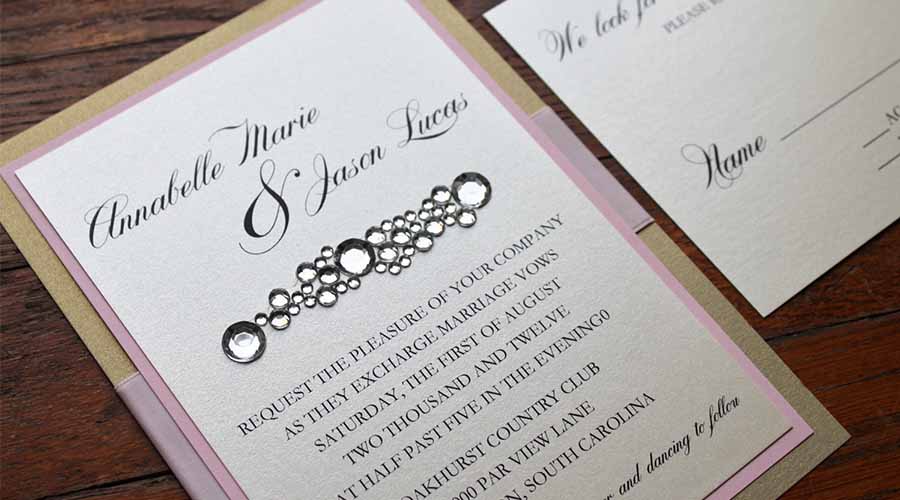
 Shelley
Shelley Nielsen
Nielsen